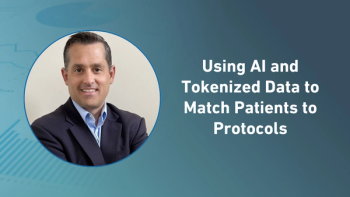
Redefining Cancer May Change the Orphan Status of Cancer Drugs
A recent NY Times piece by Tara Parker-Pope reported on the recommendation by a group at the National Cancer Institute to change both the definition of cancer as well as treatment and detection techniques.
A recent
Cancer is currently defined by the
Reshaping the definition of oncology to be more restrictive is intended to ensure that paths of treatment (which are often painful and expensive) are only used in cases where it is definitively medically warranted – improving patient quality of life as well as saving time, money, and precious medical resources. The clinical side of this recommendation has (justifiably) received the most attention. However, there are broader implications that should not be overlooked.
At Context Matters, we think a stricter definition of what constitutes cancer may have important and, perhaps, unexpected ramifications for drug development. Both regulatory and reimbursement decisions could be changed. Restricting the definition of cancer would affect prevalence and, consequently, drug cost-effectiveness and orphan drug status.
An orphan drug is defined as a treatment for a rare disease. The threshold for what constitutes sufficient “rareness” varies by geography, but all definitions cite prevalence as a key driver – the number of instances of the disease within a particular geography. The Food and Drug Administration (FDA) defines an orphan disease primarily as one that domestically affects fewer than 200,000 individuals. For many years, companies did not rush to develop drugs within orphan disease categories, as their ability to profit was limited from the outset by the rare nature of these disorders.
However, the 1983 Orphan Drug Act corrected this public health imbalance by creating market incentives for orphan drug development through the provision of tax incentives and a more protected patent – in return for the development of an orphan drug.
Consider the above points in the context of a shifting and more restrictive definition of oncology. As what constitutes cancer becomes more limited, certain oncology conditions could fall below the prevalence threshold, allowing treatments for these conditions to apply for orphan designation. Given the tax incentives and enhanced exclusivity protections granted by the FDA, the production of a newly-minted orphan oncology drug could be a real opportunity for both biotechnology and pharmaceutical companies. In light of a potentially narrowing definition of cancer, we believe that new opportunities to obtain orphan status could be created.
We greatly applaud the rationale behind adopting a more restrictive definition of cancer from a clinical care perspective. At the same time, we recognize that the impact of such a change would likely provide opportunities for new drugs to be developed. Testicular cancer is one such cancer where
Newsletter
Stay current in clinical research with Applied Clinical Trials, providing expert insights, regulatory updates, and practical strategies for successful clinical trial design and execution.






.png)



.png)



.png)
.png)
